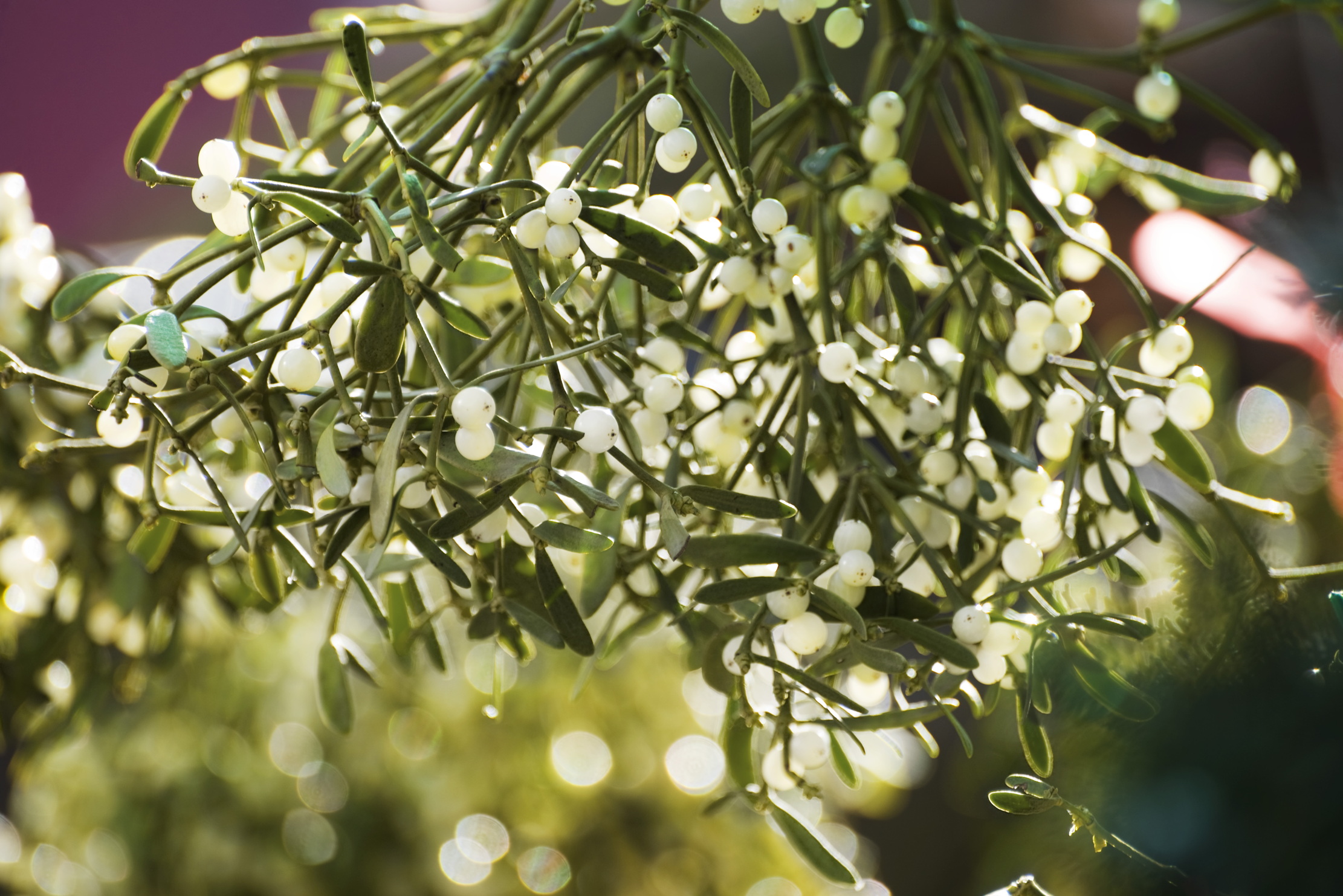Alan Titchmarsh: How many chairs in your garden is too many?
The answer is: you can't have too many.


'You have a lot of seats in your garden, don’t you?’ remarked a friend, accusingly. I say ‘accusingly’ because this was an old friend who knew that my family’s complaint about me in the garden is that I am never still and seldom found sitting down, except when I do eventually park and have a cup of tea ‘before it gets cold’. I am working on being better at it.
How many is too many? I’ve had a tot up. The extent of my demesnes — garden proper, wildflower meadow and copse — runs to four acres. Within this curtilage, I have a summerhouse, with its own complement of comfortable chairs, and a hexagonal gazebo, fitted with benches against the back three sides. Scattered about the rest of my modest landscape is a total of… surely not!… 28 chairs or benches.
There is also a comfortably padded rocking swing seat from Odd Old Rocker that comes out each May and is guaranteed to presage a summer of frequent showers. I am not exaggerating when I say that its emergence from the shed can bring to an end the longest drought. Within hours of its fabric being exposed to the sunshine, the heavens will open and the canvas cover that envelops it will be brought into play to prevent its slumber-inducing cushions from being thoroughly doused.
'My seats are not merely seats. They are, in most cases, handsome pieces of sculptural furniture — eye-catchers at the end of a view or vista'
My total seating tally might be regarded in some quarters as generous, but my seats are not merely seats. They are, in most cases, handsome pieces of sculptural furniture — eye-catchers at the end of a view or vista. All the benches are made from teak that is sustainably sourced. They, and at least three of the sturdy chairs, are of that ever-popular design credited to Sir Edwin Lutyens — with rounded arms and curly backs. That brings me to another point: how important is comfort weighed against design?
As far as Mrs T is concerned, comfort is paramount and, after many years of resisting in the pursuit of architectural merit, I have learned to compromise on this front. Not that the Lutyens benches are uncomfortable, but they do need a few cushions in order to induce relaxation. Until this year, the padding came in the form of kilim cushions — tasteful and elegant in a Robert Kime sort of way. They were bought after an interview I conducted some 20-odd years ago with Sir Anthony Dowell, whose own elegant garden furniture boasted an ample supply.
I have always thought of my dusky-pink-and-brown-patterned kilim cushions as the ultimate in good Bohemian taste, but my wife and daughters, who are inclined to expose a tad more flesh than I on a warm summer’s day, have frequently remarked that sitting on them with bare legs and naked arms is akin to getting up close and personal with an assortment of giant-sized Brillo pads.
Our July wedding anniversary provided the catalyst. Determined to ingratiate myself with the family, but refusing to compromise my landscape-gardening integrity, I invested in some Susie Watson padded seat squabs, together with a generous supply of her Indian cushions. I even added a couple of throws for those early-evening moments when the sun decides it has had enough and dips behind the trees. I stuck with the warm and friendly dusky pink, but in a fabric that is much kinder ‘next the skin’. My standing within the family has improved and I have not offended what passes as my own artistic sensibilities.
Exquisite houses, the beauty of Nature, and how to get the most from your life, straight to your inbox.
Although my own residency on the various seats and benches might be minimal, these invitations to ‘stop and stare’ are still enjoyed and give me a chance to eye up a view and work out how it might best be improved or enhanced. That said, when the padded summer rocker makes its appearance — and the showers hold off for a while — I find myself more willing to idle. With a cup of tea in one hand and a novel or a biography in the other, I can cheerfully stay there for a good half hour. On the odd occasion, I have even been known to nod off — after a day of hard graft in bed and border.
My school report would have said ‘Must try harder’ and, as the years advance, it will take less effort on my part to succumb to idling on the seats that act as punctuation marks in garden and meadow. As William Morris nearly said: ‘Have nothing in your garden that you do not know to be useful or believe to be beautiful.’

Credit: PhotoAlto/Laurence Mouton via Getty Images
Parasites of pleasure: the plants that live on plants and what to do with them
You might see it as an opportunity to grab a quick kiss at Christmas, but mistletoe is a parasite like
Alan Titchmarsh is a gardener, writer, novelist and broadcaster.
